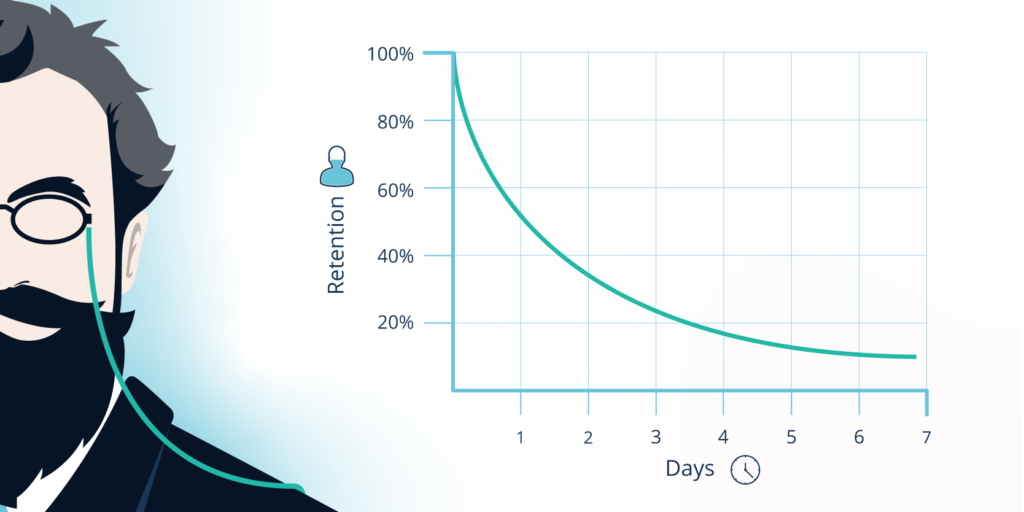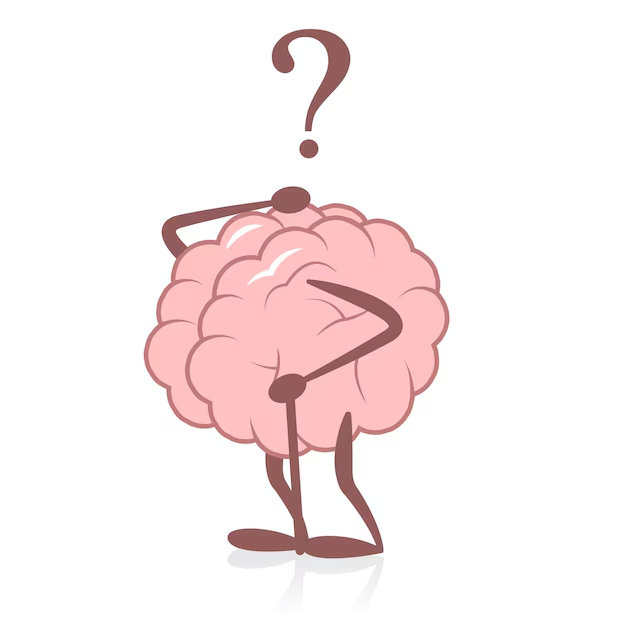
You might pick up a book to advance your career, learn a new topic, or simply escape into a great adventure. But what is the point if you can’t remember what you read!
Many adults struggle with being able to understand what they’ve read and remember it later on.
As a teacher with experience helping students develop better reading habits, I understand the struggle. In fact, I have found myself in the same position many times before.
The good news is that the problem isn’t you, it’s how most of us have been taught to read. With the right approach, and a few simple tweaks, you can put yourself on the path to remember what you read.
What you’ll learn in this post:
- The reasons for your forgetfulness.
- 3 techniques that will help you remember what you read.
- Why setting goals is important to your reading habit.
Before we get stuck into the reading techniques, it is important to understand the challenges we face when trying to read.
- Why You Can't Remember What You Read
- When to Use These Reading Techniques
- The Importance of Remembering to Set Goals
Why You Can’t Remember What You Read
One reason our brain forgets information quickly is because of something called the Forgetting Curve.
Meaning the further away we get from the learning activity the more we are likely to forget the details.
- After one hour, nearly 50% is gone.
- By the next day, we forget 70%.
- One week later, only around 10% remains.
Does this sound familiar? This happens because our brain filters out what it thinks is unimportant.
But a few simple techniques can trick the brain into believing certain information is important.

Another reason we struggle to remember what we read is because we lose focus. When reading lacks purpose we suffer from something called Cognitive Overload.
Without a clear reading goal, we become passive readers. As a passive reader your brain treats all the words on the page as equal and does nothing to prioritise the most important parts.
This problem gets worse when we take in too much information at once. Without a system in place to filter the information, your brain gives up.
Despite this, there are some simple reading strategies that you can start right now to optimise your retention.
Reading Techniques to Improve Retention
Now it is time to start learning the different strategies that will help you remember what you read. The three techniques are the Feynman Technique, SQ3R, and Spaced Repetition.
1. The Feynman Technique: Summarise, Summarise, Summarise!
Before we continue, think about this. Have you ever finished a page or a paragraph and couldn’t remember what you’d just read?
This is where the Feynman Technique can help. After reading a section of text (a paragraph, a page, a chapter etc), pause and summarise the important information. You can write it down, speak out loud or think about it in your head.
By recalling the key takeaways of each passage you are setting up your brain for success.
Try imagining that you are explaining the concepts to a child. Better yet, explain what you have read to someone nearby.
This may take a little longer, and will certainly interrupt your reading. But the extra time spent summarising will help your retention in the long term. And don’t be afraid to repeat your takeaways when you reach the end of each section, repetition is your friend.
2. SQ3R: Make reading more engaging
This one is a little more detailed, so I’ll try to break it down. SQ3R stands for Survey, Question, Read, Recite, Review.
Survey
Before diving in, try to scan the material to get a broad picture of what the text is about. Headings, sub headings, bolded words, and images are a helpful way for your brain to create a mental map of what to expect. Your brain is a more efficient learner when it has a basic outline of what is coming.
Question
Instead of passively reading, ask yourself questions before you begin a section. Curiosity to seek answers triggers the brain’s reward system and makes learning more engaging. One easy way to do this is to turn headings and subheadings into a question. Then see if you can find the answer within the section. (Try it now, read some of the headings in this post and turn them into questions.)
Read
Read with a purpose, not to finish a chapter. Using the strategies from the previous steps, start to read with a goal in mind. What information are you seeking, and does it connect with anything else that you have read? The connections you make will begin to shift the knowledge to your long-term memory.
Recite
This step is similar to the Feynman Technique mentioned earlier (you see, we’re already making connections!). Summarise the text at regular intervals to check whether you have taken in the message on the page. Like any exercise, this one feels uncomfortable to begin. Yet with constant practice it becomes second nature. You won’t even realise you are summarising.
Review*
To reinforce what you have learned, you need to revisit the material after some time. Try summarising what you have read the next day. Quiz yourself about key points or even ask someone you know to help.
*A quick note, re-reading a text is not enough. Your recitation of information needs to be varied and purposeful.
Combined, the SQ3R technique will add time to your reading. But you will soon discover that a few minutes either side of a chapter will help you retain more from each reading.

3. Spaced Repetition: Give your brain time to digest
Spaced Repetition is a technique that expands on the Review step of the SQ3R technique.
Your brain needs time to understand all the knowledge you have given it. This is because the brain is wired to forget information that is not regularly used, so you need to make it regular.
To apply this effective method you need to set intentional times to review the material.
The review does not need to be a daunting task, or even a time consuming one.
Set yourself a reminder one day, one week, or one month after you have finished reading. Then use this time to answer some simple questions or summarise the key takeaways from the book.
If you have someone close by, you can explain to them a part of the text that you found interesting. You can even tell them to ask you a few questions about it.
When to Use These Reading Techniques
Most importantly, to remember what you read, practice new ideas right away before there is time to forget.
If a fitness book teaches a breathing trick for running, grab your shoes and get out the door. Or a gardening book explains how to repot a plant, give it a go.
When a blog shares memory techniques, find another text and see if they work. Your brain finds it easier to make connections when they involve physical activities.
The Importance of Remembering to Set Goals
We would all like to read more, but what good is reading a book a week if by the end of the year you can’t remember a single thing?
You should slow down the process, simplifying your reading habits and maximising your retention.
The three strategies mentioned in this post are easy to implement and start right away.
If there is one thing to take away from this post, it is that you need to be more intentional with your reading. Set a goal before you start, and check if you have achieved that goal when you finish. This is how to remember what you read.
Want to start reading more without adding hours to your day? Learn how to turn your screen time into a clear, motivating reading routine.

Leave a Reply